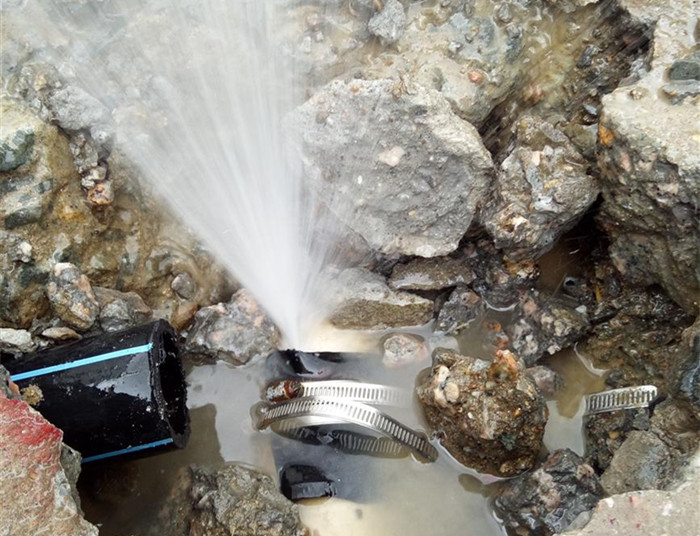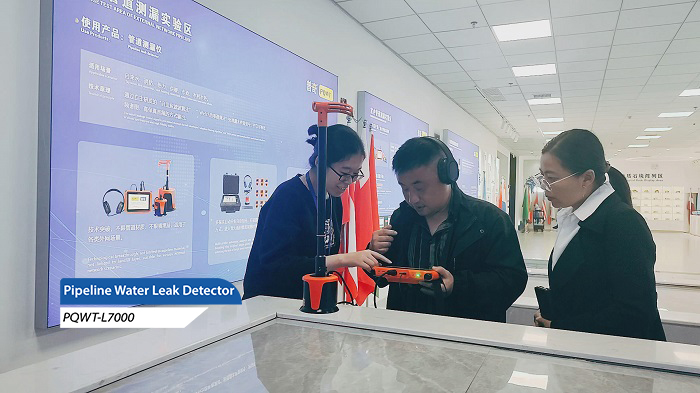The pipeline leak detector is an important tool to help us quickly and accurately detect leaks in our water pipeline system. The following is a detailed description of how to use pipeline leak detector and steps.

I. Preparation
Before you start to use pipeline leak detector, you need to make sure that the water pipeline system is normally supplied with water, and open the relevant valves, so that the normal flow of water through the pipeline system. At the same time, you need to understand the layout of the pipeline to be detected and connected to the situation, in order to choose the appropriate detection method.
Second, connect the equipment
Connect the sensor or probe of the pipeline leak detector to the pipeline part related to the point to be tested. Take care to ensure that the connection part of the sensor or probe is tight to avoid affecting the detection results. At the same time, according to the specific equipment and models used, set the parameters of the detection instrument, such as sensitivity and frequency.
Three, start testing
Start the leak detection according to the operating instructions of the equipment. Generally speaking, pipeline leak detector will provide different detection modes such as sound detection and spectrum analysis. When using sound detection mode, you need to listen carefully to the sound of water flow near the pipeline and pay attention to whether the sound is abnormal; when using spectrum analysis mode, you need to observe the changes in the spectrum to determine whether there is water leakage.

Four, locate the water leakage point
According to the instructions of the testing instrument, as well as the characteristics of the sound, spectrum changes, etc., you can initially determine the location of the water leakage point. In order to more accurately locate the leak, you can try to use a listening stick and other tools for further testing. Listening stick can amplify the sound generated by the water flow near the pipeline, which can help us determine the location of water leakage more accurately.
Five, analyze the results
Based on the data and results provided by the testing instrument, the water leakage situation is analyzed and evaluated. This helps to determine the nature, extent and urgency of the water leakage and take appropriate measures. For example, if the leakage is more serious, immediate repair measures need to be taken; if the leakage is less serious, a maintenance plan can be arranged and repaired.
In short, pipeline leak detector is a specialized tool to help us detect pipeline leaks quickly and accurately. In the process of using it, you need to understand the layout and connection of the pipeline to be tested, choose the appropriate detection mode and parameter settings, and follow the operating instructions to detect and locate the leakage point. At the same time, the detection results need to be analyzed and evaluated so that appropriate repair measures can be taken.








